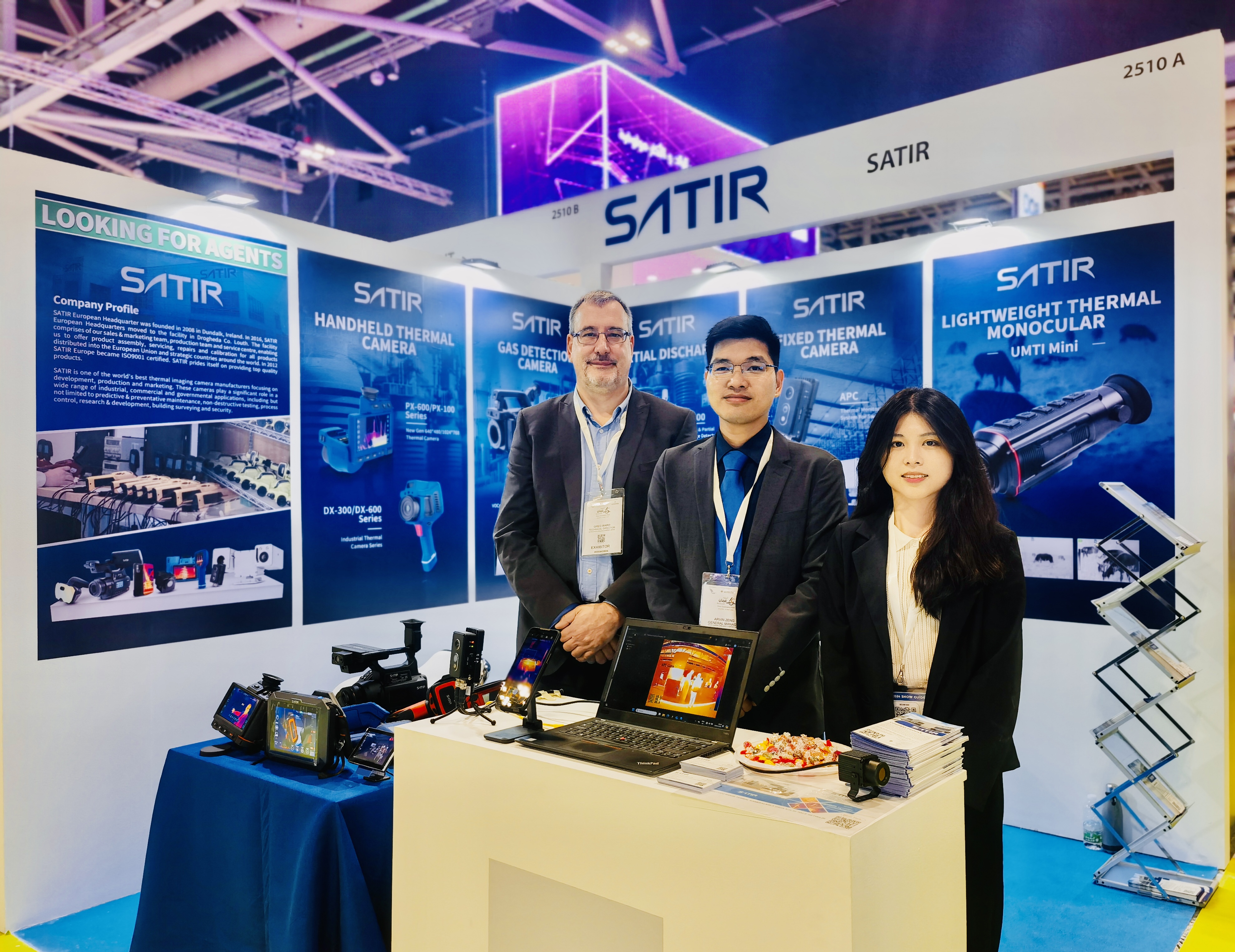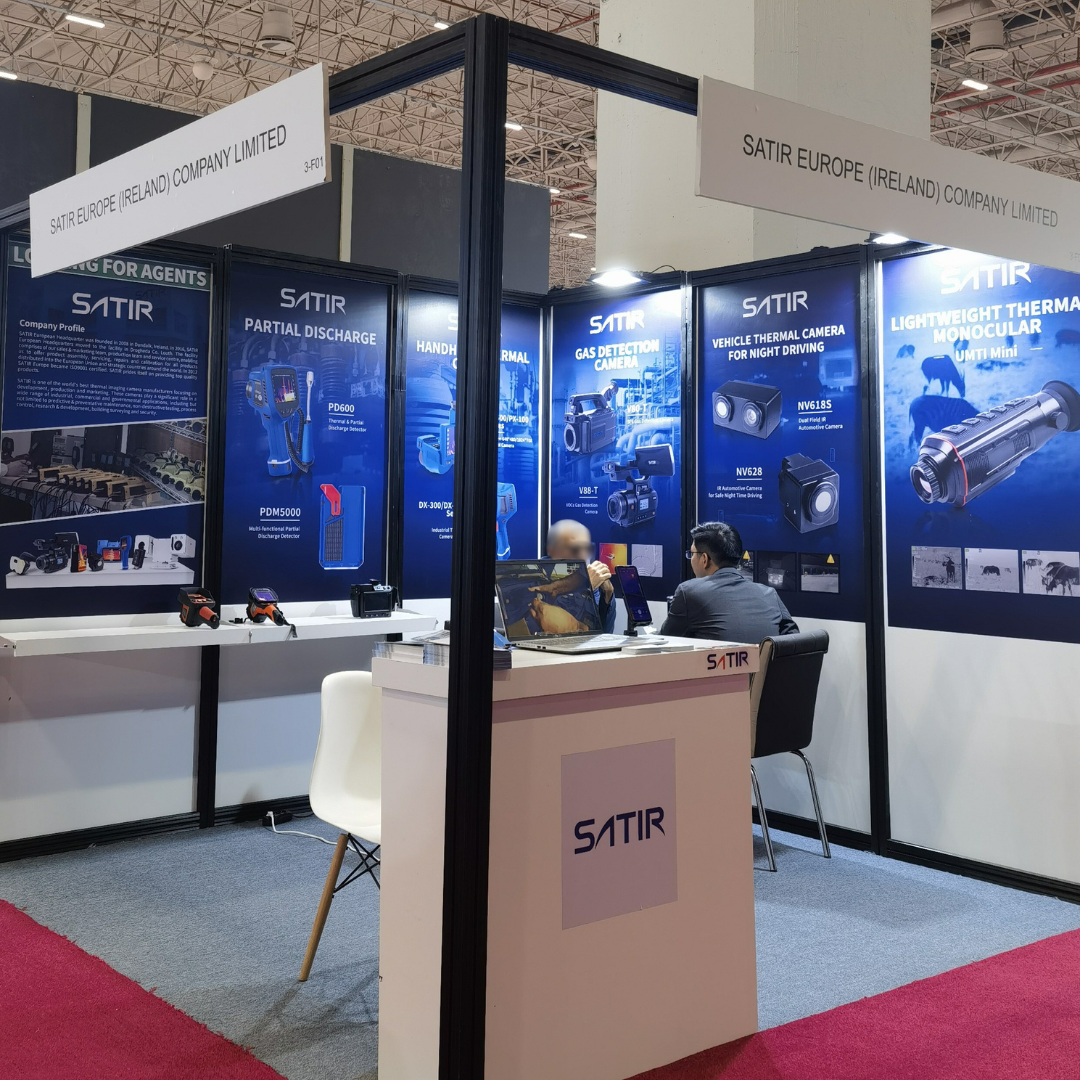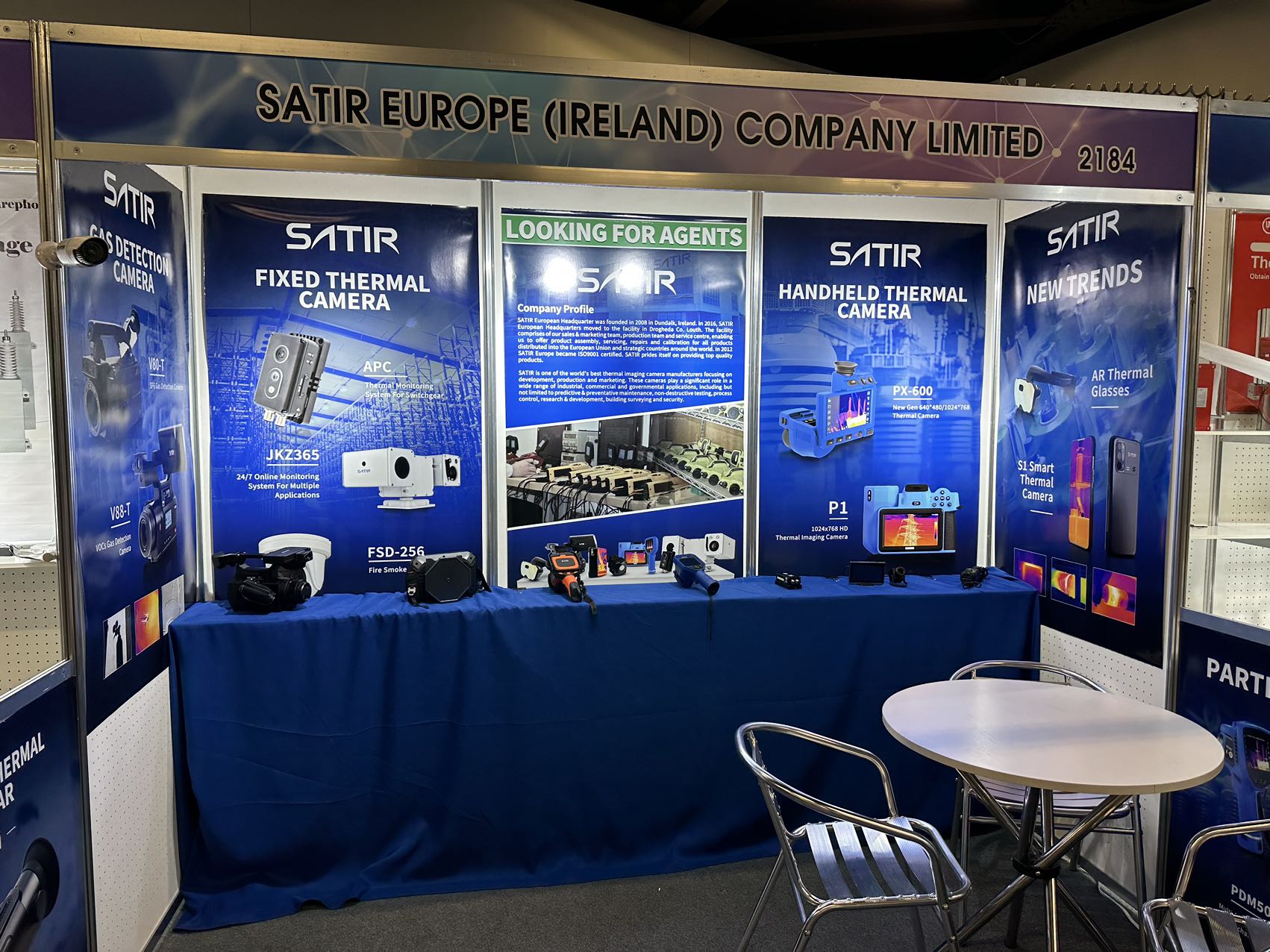We're thrilled to announce that we'll be exhibiting at Nigeria Energy! This premier event brings together the brightest minds and latest innovations in the new energy and mobility world.
Visit us at booth 4B. 34 to:
Explore our cutting-edge thermal products
Witness live demonstrations
Network with industry leaders and fellow attendees
|
|
|
|
|
|
We're excited to be showcasing our latest innovations at Enlit Europe 2024, the leading event for the new energy and mobility sector.
Visit us at booth 5 K50:
Explore our cutting-edge thermal products
Witness live demonstrations
Network with industry leaders and fellow attendees

|
|
|
|
|
|
SATIR Europe have been busy showcasing our latest technologies at leading industry events around the world, while also maintaining a strong commitment to keeping its customers informed through consistent marketing efforts. Our participation in these events reflects our dedication to building strong relationships with stakeholders and ensuring their satisfaction. Engaging with industry leaders and potential customers at these events has resulted in a significant boost in inquiries showcasing the industry's strong demand for the solutions offered by SATIR Europe.
SATIR Europe showcased its latest technologies at Hannover Messe 2024, the world's leading industrial fair held in Hannover, Germany this April. The event brought together over 4,000 companies, all committed to achieving climate neutrality through advancements in electrification, digitization, and automation. SATIR Europe exhibited and demonstrated a range of products to visitors, including the S1 thermal smart camera, the JK400 security bullet camera series, and various thermal cameras such as the i-384, HotFind-S, and P1.

SATIR Europe participated in Oman Sustainability Week Expo held in Oman in late April. The expo, hosted by the Ministry of Energy and Minerals (MoEM), serves as a national platform to promote sustainable practices in energy, water management, and environmental protection. Aligned with the UN's 2030 Sustainable Development Goals (SDGs) and Oman's 2040 Vision, the event reflects the country's commitment to balancing economic growth with environmental responsibility. SATIR Europe presented a selection of its products at the event, including the S1 thermal smart camera, the JK400 security camera series, and various thermal cameras like the D160-pro and AC160. In addition to product displays, SATIR Europe also offered informative materials such as posters and catalogs.

SATIR Europe exhibited at the ICCI 2024 conference in Turkey. The conference, themed "Discover the Future of Energy," has provided a platform for communication and development in the energy and environment sectors for the past 25 years. SATIR Europe presented a selection of its products that align with the conference theme, including the S1 thermal smart camera, the JK400 security camera series, and various thermal cameras like the D160-pro and AC160. Additionally, informative materials such as posters, catalogs, and the D600 camera were available for attendees.

SATIR Europe participated in the 2024 IEEE PES T&D Conference and Exposition in California, a premier event focused on solving the world's most pressing energy challenges. Sponsored by the IEEE Power & Energy Society, the conference brings together industry leaders, cutting-edge technologies, and unparalleled technical expertise. Satir presented and demonstrated a selection of its products including the S1thermal smart camera, the JK400 security camera series, and various thermal cameras like the D160-pro and AC160. In addition to product displays, SATIR Europe offered informative materials such as posters, catalogs, and the D600 camera for attendees to explore.

In addition to our active exhibition presence, we are keeping our audience engaged with a steady stream of fresh company updates across social media platforms and regular newsletter deliveries. Check out the links below to our social media platforms.
Instagram: https://www.instagram.com/europesatir/
Facebook: https://www.facebook.com/SATIREurope
Twitter/X: https://twitter.com/SatirEurope
LinkedIn: https://ie.linkedin.com/company/satir-europe